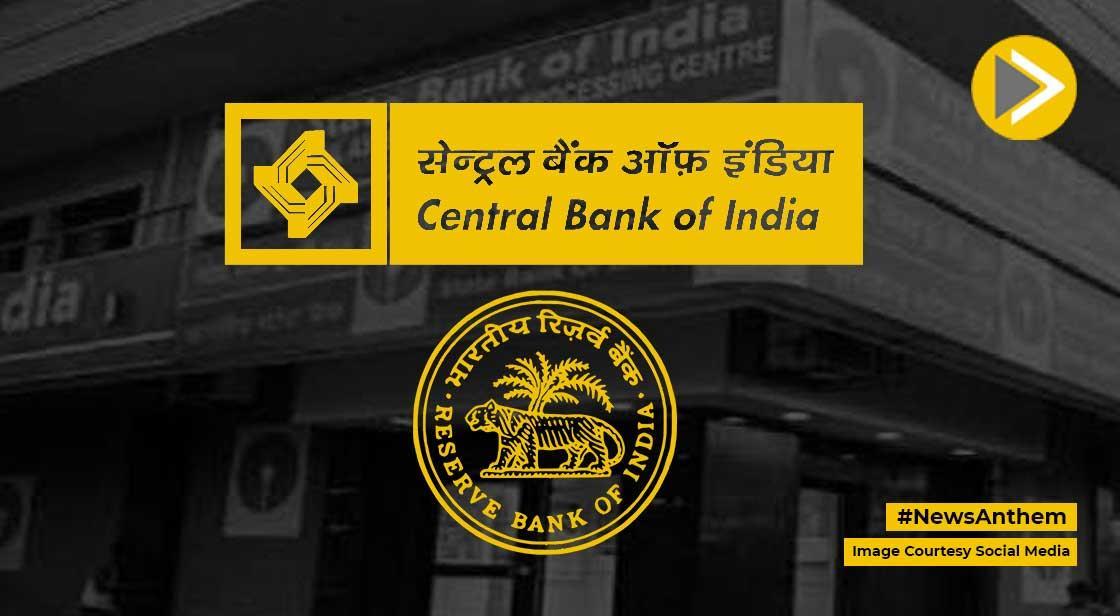RBI Governor Malhotra: UPI Integration to Strengthen Cross-Border Trade and Payments

News Synopsis
The Reserve Bank of India (RBI) is actively advancing its agenda to deepen cross-border collaboration in digital payments. According to Governor Sanjay Malhotra, the central bank is pursuing a multi-pronged strategy, including linking India’s Unified Payments Interface (UPI) with other countries’ fast-payment systems.
This effort is expected to enable merchant payments abroad via UPI QR codes, while also supporting partner nations in deploying sovereign payment platforms similar to UPI.
Key RBI Initiatives in Cross-Border Payment Integration
UPI Linkages with Foreign Fast Payment Systems
Governor Sanjay Malhotra noted that the India-Singapore linkage — connecting Unified Payments Interface (UPI) with Singapore’s PayNow system — is already live. He stated that bilateral and multilateral work is ongoing with several other countries. Through these linkages, cross-border merchant payments using UPI QR codes are already operational in a few markets, and expansion is underway.
Enabling UPI-Based Merchant Payments Abroad
One of RBI’s aims is to permit Indian consumers and travelers to pay merchants abroad using UPI QR codes. Beyond person-to-person transfers, this merchant acceptance capability is a vital element of making UPI globally usable.
Assisting Foreign Nations with Sovereign Payment Stacks
In addition to linking existing systems, India is offering its experience in building “sovereign” payment platforms. The idea is that partner countries can either build UPI-like rails or upgrade their domestic fast payment systems using India’s open architecture and modular design.
India’s Digital Public Platforms as a Global Model
Governor Malhotra emphasized that India’s digital public platforms (DPPs) are built as public goods — meticulously layered, interconnected, and without a profit motive. The core building blocks include:
-
Aadhaar for digital identity
-
UPI for instant payments
-
Data Empowerment and Protection Architecture (DEPA) for secure data sharing
He said:
“India is an excellent example of how digital public platforms (DPPs) can impart tangible economic benefits and materially improve the lives of our citizens.”
This modular architecture allows public and private actors to build applications across sectors such as credit, health, social protection, and agriculture.
Usage, Scale & Impact
UPI’s Dominance in India
-
Around 85 percent of digital-payment transactions in India are now done through UPI.
-
Monthly transaction volume via UPI stands at ~20 billion, representing a value exceeding US $280 billion.
-
Aadhaar has over 1.3 billion users, supporting the opening of 566 million bank accounts, with 316 million held by women.
-
India has already transferred over US $500 billion via direct benefit transfers, bypassing subsidy leakages.
RBI’s Role and Global Context
Malhotra observed that central banks around the world are increasingly responsible not just for monetary policy and stability, but also for fostering financial inclusion and managing payments infrastructure. He noted that fast-payment systems now exist in more than 70 jurisdictions globally.
Broader Framework & Strategic Projects
Project Nexus and Multilateral Payment Networks
India has joined Project Nexus, a BIS-led multilateral initiative connecting instant payment systems across member countries (e.g. Singapore, Malaysia, Thailand, Philippines). Malhotra’s remarks align with this push for standardised, scalable interconnectivity beyond bilateral ties.
Recent Collaborations & MoUs
-
NPCI’s international arm (NIPL) recently signed an MoU with NTT Data Japan to enable UPI merchant acceptance in Japan.
-
India is also pushing for UPI compatibility in other nations, such as Thailand, and exploring expansion via QR-code integrations in several other markets.
-
On the policy front, India is advocating for more favorable regulatory standards in global finance forums, including adjustments in FATF norms to ease cross-border UPI operations.
Challenges & Enablers
Regulatory & Compliance Hurdles
Cross-border payments face regulatory friction — anti-money laundering rules, foreign exchange laws, and compliance costs. India is actively engaging with global bodies to reform these constraints to allow UPI’s international expansion.
Technical Interoperability
Different countries’ fast payment systems have varying standards, protocols, messaging formats, and settlement models. Harmonising these through a multilateral architecture (like Nexus) is key to scalability.
Adoption & Merchant Onboarding
Even if infrastructure is ready, actual merchant acceptance abroad (especially in smaller markets) may lag. India’s support and incentives for QR deployment, certification, and outreach will matter.
Conclusion
Governor Sanjay Malhotra’s remarks underline India’s ambition to transform UPI — once a domestic payments technology — into a global public good. By linking UPI with foreign fast-payment systems, enabling QR-based merchant payments abroad, and helping other nations build sovereign digital rails, the RBI is positioning India as both a user and exporter of next-generation digital infrastructure.
If successful, these efforts could significantly reduce the cost, complexity, and friction of cross-border trade and payments — especially for small firms, travellers, and diaspora communities. They could also strengthen India’s soft power in the global fintech ecosystem and push forward the internationalisation of the rupee.
As more nations come online through shared standards or bilateral linkages, India’s model of digital public platforms may become a reference blueprint for inclusive digital finance worldwide.
You May Like









